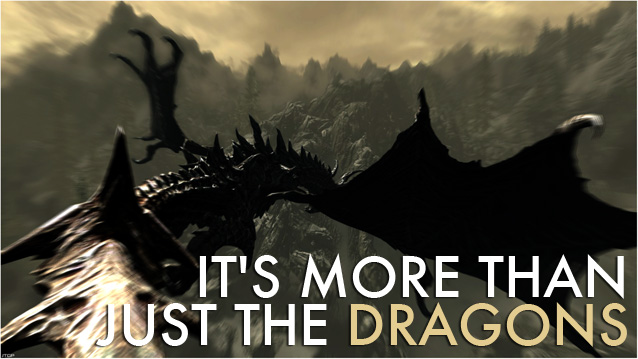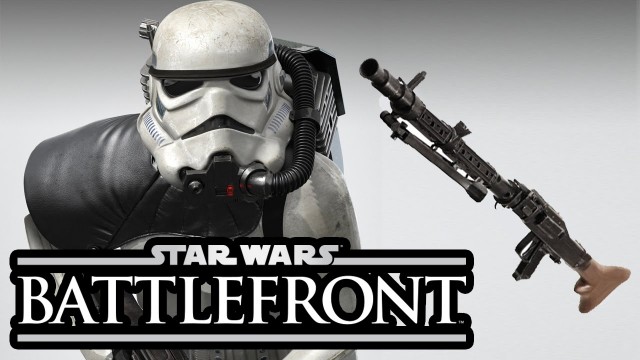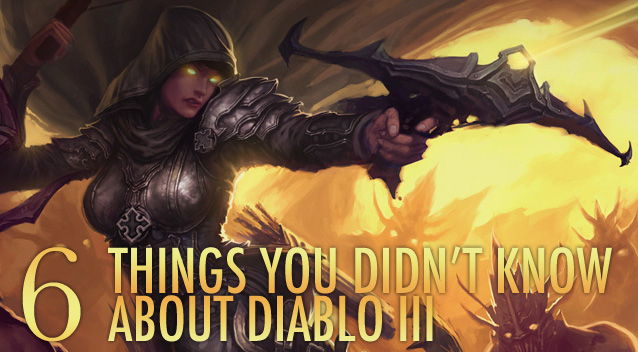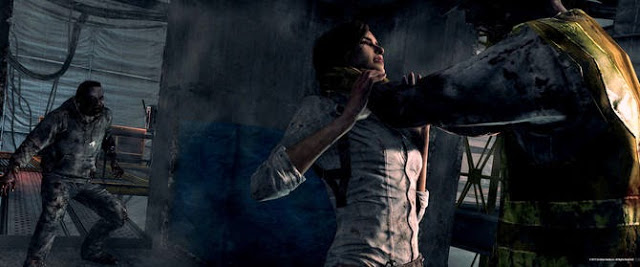

First, a cautionary note. Beijing 2008 requires some form of protection for your hands. Our right hand is cut to shreds; this despite using various aids, including cartoon plasters, a thick promotional T-shirt lying around the office, and a comedy sponge hand. None of those prevented a seeping welt from appearing on our palm, soon to be joined by a pair of blisters and, most irritatingly, cuts on the skin at the base of our fingers. Beijing 2008 is a game you’ve played before in a variety of guises, coming under the terrifying banner of athletics titles.
But in a way that’s a good thing. For 10, 20, 40 seconds at a time you can be so focused on giving your all that you simply don’t notice what you’re doing to yourself. The core events, the biggies like the 100 meters, the 110m hurdles and to a lesser extent the 1500 meters, are quick-fire bursts of pure adrenaline, over before you know it – and before you notice the flap of soggy skin that detaches itself from your hand. The crux of the game hasn’t changed since early athletics games like Track & Field. Essentially, most of the events require you to hit alternate buttons as fast as you can to build up and maintain speed or power. It’s far from complicated. The challenge stems from trying to keep it up. Like the real thing (we’re experts when it comes to physical exertion) you’ll find events are initially rock hard, but with a little work, you’ll find your groove and start to rise through the medals.
Your first port of call is unsurprisingly, the Training mode which gives you a run-through of the 38 events. Track events are straightforward enough to get the hang of. Sprint events have you hammering as fast as you possibly can, with variation coming in the endurance races, where the management of your runner’s stamina is the key to success. The one exception to this formula is in the 110 meter hurdles, where the view is shifted to a chase-cam and another button makes your sprinter negotiate hurdles. The only real innovation comes at the beginning and end of a sprint. Here you fill a power bar which must be held at a level just beneath a critical red area. This launches your sprinter from the blocks – hit this area too soon and it’s a false start; too late and you’re left trailing the field. At the end of your sprint, the same button makes your athlete duck for the finishing line, while another has him celebrating at the line.
Field events, meanwhile, pack in more variety. Long jump and triple jump have you pumping up speed down the runway before timing your launch (and the subsequent steps in the triple). The longer you hold the button down the higher your launch angle – 45 degrees is the optimum. Elsewhere, chucking events – shotput, hammer, discus and javelin – have you rotating before hitting “throw” at just the right moment to determine the angle (for the first three), or sprinting before aiming to get the right angle of flight (for the javelin). Finally the two jumping events, the high jump and pole vault, have you timing button presses and speeding down a runway and hitting jump at the right moment, respectively.
It all works very well in the main. Things start to unravel somewhat in the less prestigious events, as the controls start to veer from accessible and simple to awkward and frustrating. Canoeing, for example, is infuriating. You’re supposed to navigate a course of gates in the lowest time, battling against a raging tide all the way. It proves to be the toughest challenge in the game because of a control method that’s like trying to pat your head and rub your stomach at the same time.




 Some Neat Star Wars: Battlefront Tips and Tricks That You Might Not Be Aware Of
Some Neat Star Wars: Battlefront Tips and Tricks That You Might Not Be Aware Of Six Things You Didnt Know About Diablo III
Six Things You Didnt Know About Diablo III The Evil Within (PS4) The Consequence (DLC) walkthrough
The Evil Within (PS4) The Consequence (DLC) walkthrough Four Most Important Tips for Galak-Z: The Dimensional Beginners
Four Most Important Tips for Galak-Z: The Dimensional Beginners Life is Strange Wiki – Everything you need to know about the game. .
Life is Strange Wiki – Everything you need to know about the game. .